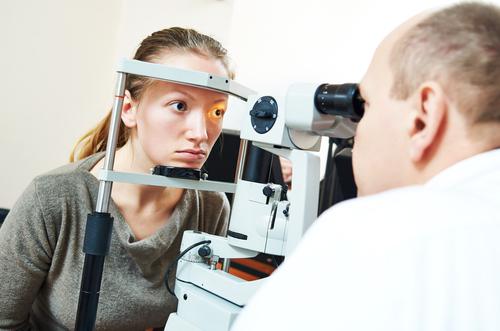
Engaging in leisure-time physical activity (LTPA) more frequently leads to a lower incidence of severe diabetic retinopathy among individuals with type 1 diabetes (T1D), and this association is independent of activity intensity or duration per single session, according to data from the Finnish diabetic nephropathy (FinnDiane) study.
“Since diabetic nephropathy is closely linked to diabetic retinopathy, we assumed that the intensity would also be associated with the risk of severe diabetic retinopathy... To our surprise, only the frequency of LTPA showed an association in this longitudinal data set,” the investigators said.
Nevertheless, the current findings are in line with the current American Diabetes Association recommendations for diabetes and physical activity, which state that individuals with severe nonproliferative and unstable proliferative diabetic retinopathy should avoid vigorous aerobic or resistance exercise; jumping, jarring, head-down activities; and breath holding. [Diabetes Care 2016;39:2065-2079]
“It has been shown that autoregulation is disturbed in patients with diabetes and especially if the patient has poor glycaemic control and microvascular impairment. In such patients, intensive exercise and the increase in blood pressure may lead to retinal damage due to even further impaired autoregulation,” the investigators explained.
FinnDiane included 1,612 individuals with T1D (mean age, 37.0 years; 44.7 percent male; mean diabetes duration, 18.9 years). The cohort had a mean systolic blood pressure (SBP) of 131 mm Hg, mean body mass index (BMI) of 25.1 kg/m2, mean HbA1c of 66.3 mmol/mol (8.2 percent), and median LTPA of 17.7 METh/week. About 42 percent of participants were previous or current smokers.
Over a mean follow-up of 10.7 years, 261 participants developed severe diabetic retinopathy. Compared to those without the eye disease, participants who had it were more likely to be older (p=0.036), ever smokers (p=0.023), and have higher levels of blood pressure (p=0.003 for SBP and p=0.001 for diastolic), HbA1c (p<0.001) and total cholesterol (p=0.001).
Notably, high vs low frequency of LTPA (>2 vs <1 session per week) was associated with a lower incidence of severe diabetic retinopathy (10-year cumulative incidence rates, 12.7 percent vs 15.8 percent; p=0.024). This finding remained significant in a Cox regression model controlled for gender, duration, age at onset of diabetes, kidney function, BMI, triglycerides and SBP. [Acta Diabetol 2020;57:527-534]
However, when HbA1c and smoking history were added to the model, the relationship between severe diabetic retinopathy incidence and LTPA frequency disappeared. Total LTPA, single session duration and intensity showed no association with the outcome.
“In our multivariable analysis, the adjustment for HbA1c abolished the association with frequent physical activity. This might be due to a beneficial effect of physical activity on HbA1c,” the investigators pointed out.
“Physical activity in general improves the lipid profile, BMI and blood pressure. However, in T1D only the improvement in lipid levels has been established. Since these dynamic factors did not mitigate the association of frequent physical activity with severe diabetic retinopathy in the multivariable analysis, the data suggest that a possible beneficial effect might be mediated through other factors. For example, it is well known that physical activity improves vascular endothelial function and reduces inflammation,” they said. [Diabetologia 2012;55:542-551; Sports Med 2009;39:797-812]